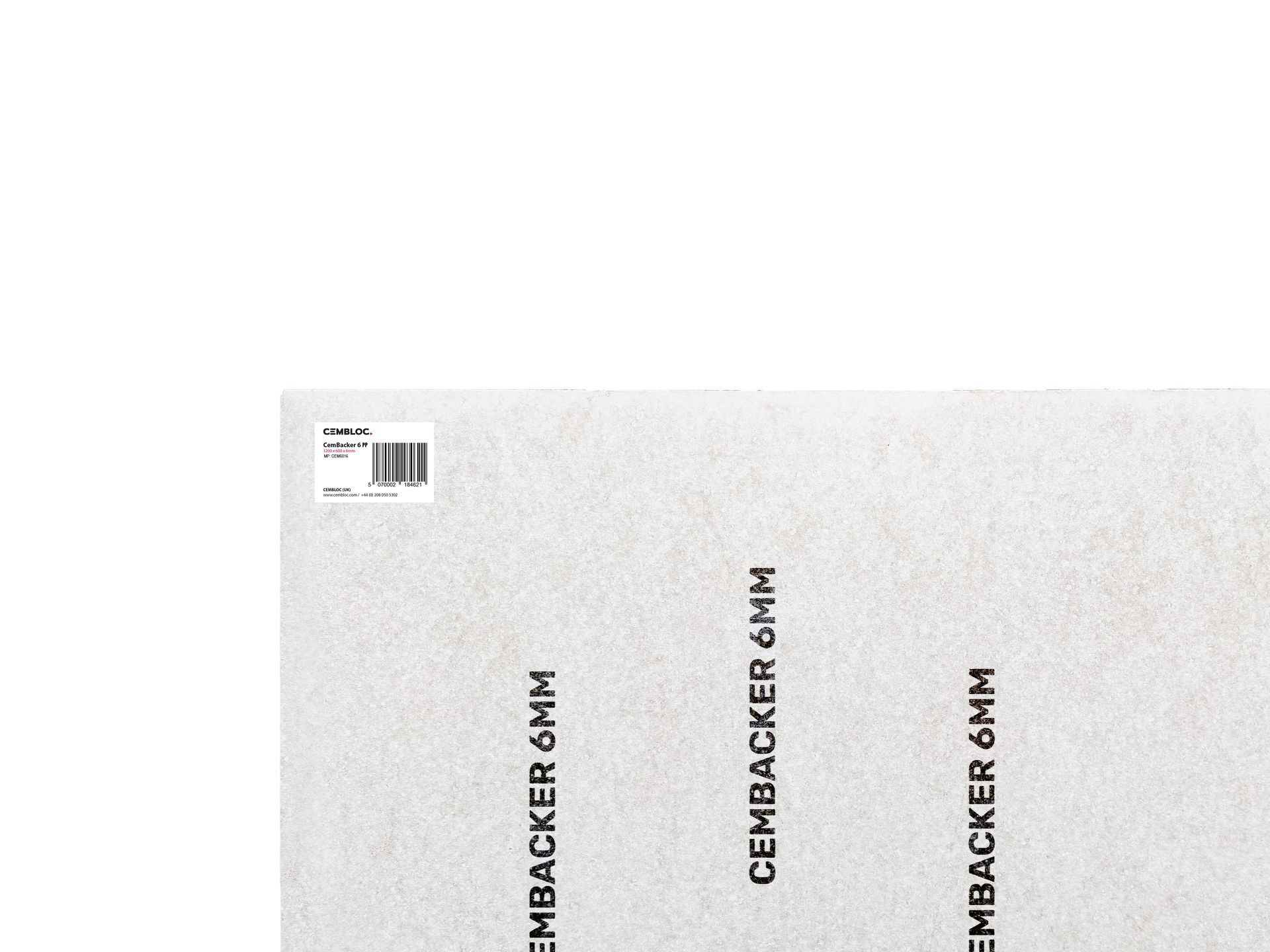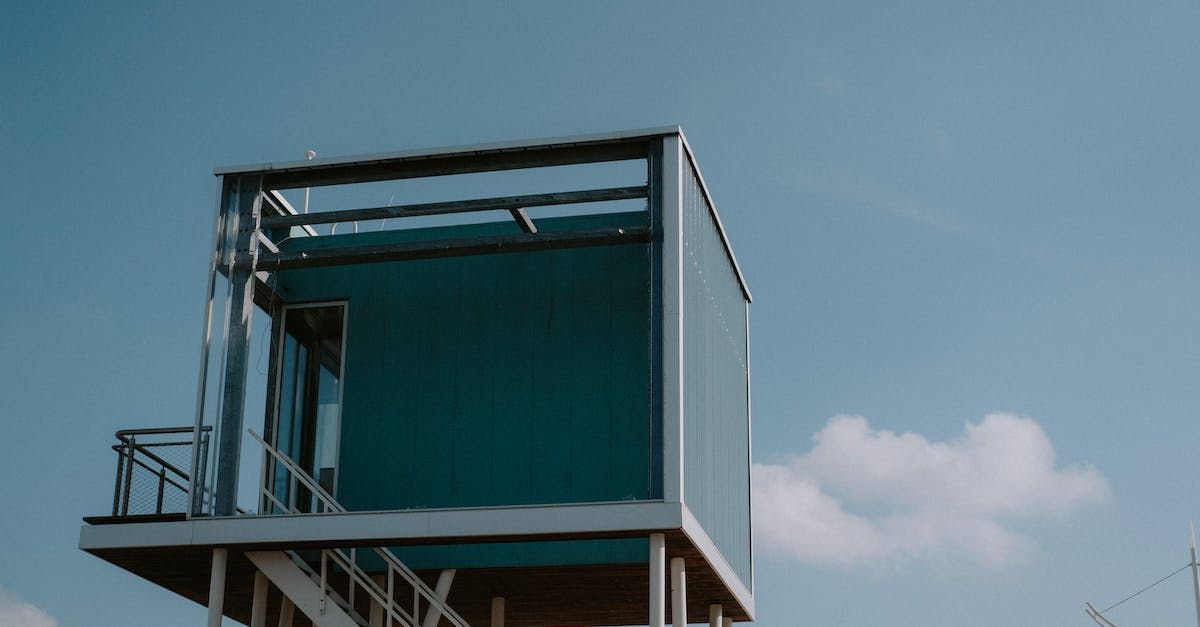Is fibre cement is the future of construction? And If so, Why?
Fiber cement is quickly becoming one of the most popular building materials in the construction industry. This versatile and durable material offers a range of benefits that make it an ideal choice for any building project. In this post, we will discuss the top reasons to choose fibre cement for your construction needs.
First and foremost, fibre cement is known for its durability and longevity. Unlike other building materials, fibre cement is resistant to fire, rot, and pests, making it a low-maintenance option that will last for years to come. Additionally, fibre cement is moisture-resistant, which makes it an ideal choice for damp or humid environments, such as wet rooms.
Another benefit of fibre cement is its cost-effectiveness. It is generally less expensive than other building materials, such as brick or stone, and it can be easily molded and shaped to fit any design or project. This means that you can save money on your building project without sacrificing quality or performance.
In addition to its durability and cost-effectiveness, fibre cement is also environmentally friendly. It is made from a mixture of cement, sand, and cellulose fibres, which are derived from recycled wood and paper products. This means that it is a sustainable building material that reduces waste and minimises the environmental impact of construction.
Finally, fibre cement is versatile and can be used in a variety of building applications. It is commonly used as a cladding material on the exterior of buildings, but it can also be used for roofs, floors, walls, and other structural elements. This means that it is a versatile material that can be used in both residential and commercial construction projects.
In conclusion, fibre cement is a durable, cost-effective, and environmentally friendly building material that is well-suited for any construction project. Its versatility and performance make it an ideal choice for both residential and commercial construction. If you are considering using fibre cement for your next building project, be sure to contact a reputable supplier to ensure that you get the best quality materials at the most competitive prices. As the quality of fibre cement is apparent across various sellers of the material, with some sellers opting for more fibres opposed to cement and so forth.









